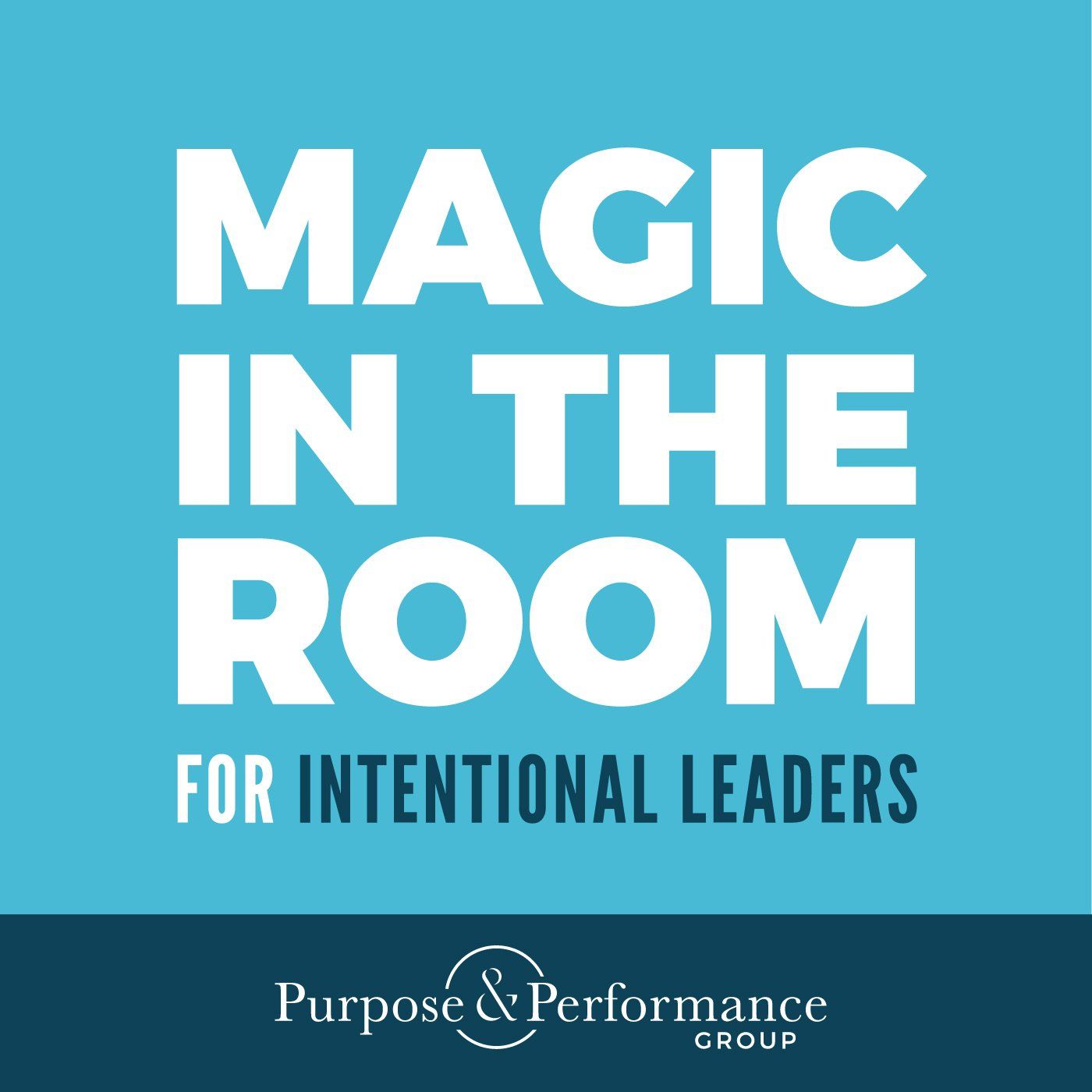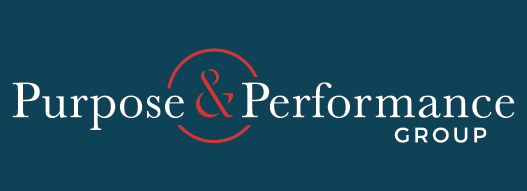Showing Courage
The third discovery along the EQ spectrum is showing courage. Trust takes courage. Accountability takes courage. Leadership, by its very nature, is a courageous act . Courage is not the absence of fear, it is feeling the fear and doing it anyway. It is not being comfortable, it is stepping beyond the comfort zone and into the growth zone.
“You can choose courage, or you can choose comfort, but you cannot choose both.”
― Brené Brown
Defining Courage
Courage is the choice to confront fear, uncertainty and doubt, and the willingness to experience pain and discomfort in order to advance our purpose, to achieve the ultimate good for our work teams, families, and communities.
“Courage starts with showing up and letting ourselves be seen.”
― Brené Brown
Benefits of Courage
Growth and development requires some level of discomfort. When we show up with courage, when we engage in life wholeheartedly, with passion and authenticity, we risk being hurt. But the rewards far outweigh the risks, both for us as individuals, and for our families, teams and organizations.
Learning is destabilizing and change is disruptive. Whether we intentionally disrupt ourselves is the choice of every leader. A fact of life is, disruption will happen regardless of whether we make the choice, or allow external factors to thrust disruption upon us. Only the most courageous individuals willingly disrupt comfortable systems to achieve next-level performance.
Courageous individuals
- Focus on advancing the purpose
- Challenge the status quo and spark forward momentum
- Encourage growth and innovation
- Lead from the heart, fostering authentic relationships
- Fight for the heart of the matter
The Bottom Line
Business evolution begins with the courage of individuals.
Tactics to Show Courage
- Ask for what you need. We can only show up for others to the extent we show up for ourselves.
- Dare to be seen . At the heart of courage lies vulnerability. Showing up wholeheartedly for ourselves and others requires showing not only our strengths, but also our struggles.
- Lean into the fear . If you are avoiding something out of fear, uncertainty or doubt, you most likely need to face it head on. Get curious about where the fear stems from. When we ask questions of ourselves and others, we engage the thinking brain, and the feeling of fear subsides.
- Get comfortable being uncomfortable. Have the difficult conversation. Engage in healthy conflict. Growth lies beyond the comfort zone.
- Fight for the heart of it . When you know what is right, and what is at the heart of the matter, speak up, even when it means taking an unpopular stance.
Challenge Question
Just for today, what courageous act will you take to lean into an area of discomfort, and move your purpose forward?
Resources
- For further reading, see competency 10: “Courage” in the Korn Ferry Leadership Architect
 FYI® for your improvement.
FYI® for your improvement. - Dare to Lead by Brené Brown
- BRAVE Leadership by Kimberly Davis
The post Showing Courage appeared first on Purpose and Performance Group.


